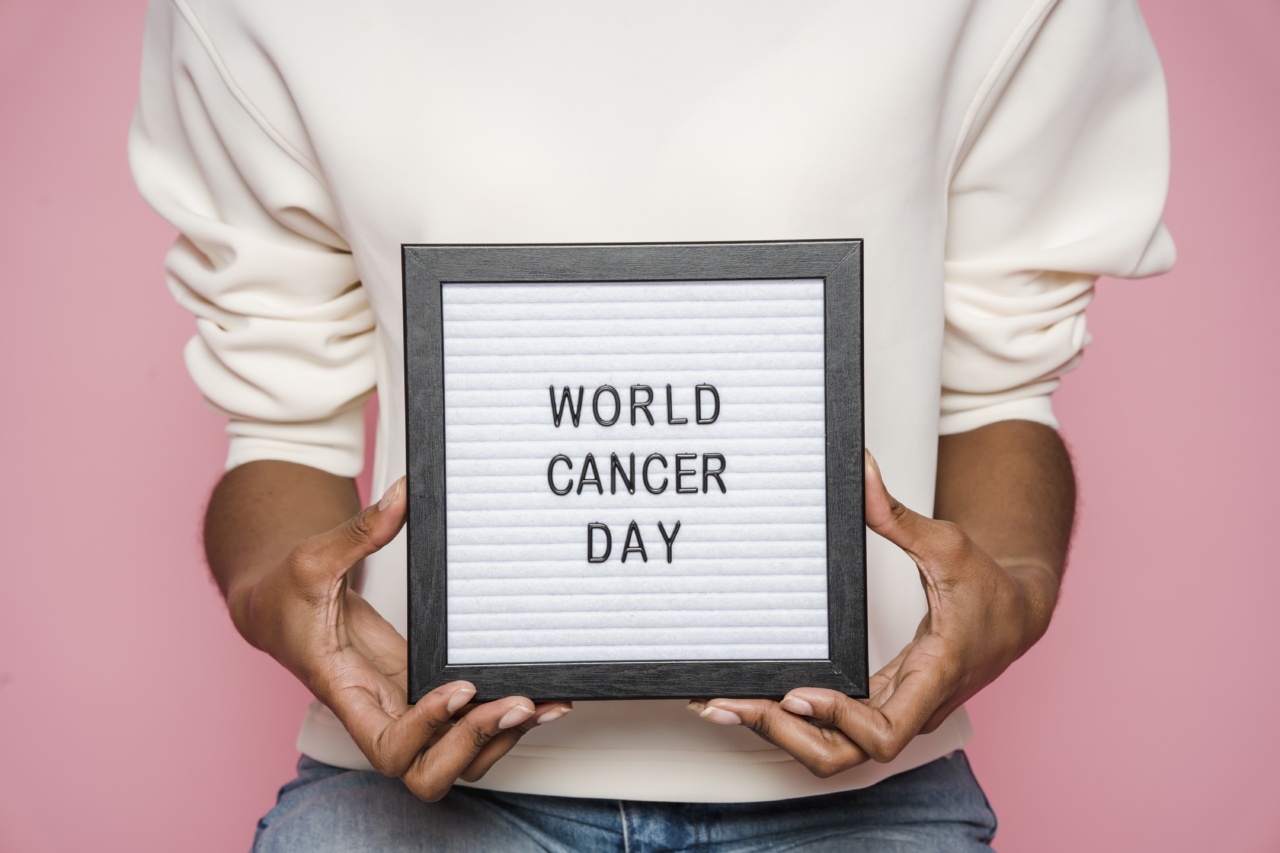Cancer is a devastating disease that affects millions of people worldwide. Every year, on February 4th, the world comes together to raise awareness about cancer and celebrate the progress made in its prevention, detection, and treatment.
This day, known as World Cancer Day, provides an opportunity to reflect on the achievements in the fight against cancer and explore ways to further reduce its burden.
The Importance of Cancer Prevention
Prevention plays a crucial role in the battle against cancer. While medical advancements have significantly improved cancer treatment outcomes, preventing cancer from developing in the first place is undeniably the best approach.
Research indicates that approximately 43% of cancers are preventable by implementing lifestyle changes and adopting preventive measures.
Tobacco Control and Cancer Prevention
Tobacco use is the leading cause of preventable cancers worldwide. In fact, it accounts for around 22% of all cancer-related deaths. Taking effective action to control tobacco consumption is a fundamental aspect of cancer prevention.
By educating the public about the risks associated with smoking and implementing policies to limit tobacco use, we can make a significant impact in reducing cancer incidence and mortality rates.
Diet and Exercise as Preventive Measures
Our dietary choices and level of physical activity have a direct impact on our overall health and well-being, including our risk of developing certain types of cancer.
A diet rich in fruits, vegetables, whole grains, and lean proteins, along with regular exercise, can help maintain a healthy weight and reduce the risk of cancer. By promoting healthy lifestyle choices, we can empower individuals to take control of their health and prevent cancer.
Screening and Early Detection
Regular cancer screenings are vital because they can help detect cancer at an early stage when treatment is more effective. Many types of cancer, such as breast, cervical, and colorectal cancer, can be detected early through routine screenings.
These tests can identify abnormalities before symptoms manifest, allowing for timely intervention and improved outcomes. Encouraging individuals to undergo recommended screenings can significantly contribute to the early detection and prevention of cancer.
Vaccinations for Cancer Prevention
In recent years, significant progress has been made in developing vaccines to prevent certain types of cancer.
For instance, the human papillomavirus (HPV) vaccine helps protect against HPV infections that can lead to cervical, anal, and other types of cancer. Similarly, the hepatitis B vaccine can prevent liver cancer. Promoting the importance of vaccinations and ensuring their accessibility are crucial components of comprehensive cancer prevention strategies.
Environmental and Occupational Factors
Exposure to certain environmental and occupational hazards can increase the risk of developing cancer. Carcinogens, such as asbestos, benzene, and certain chemicals, are known to contribute to the development of various types of cancer.
Minimizing exposure to these substances through workplace safety regulations and environmental protection measures can significantly reduce the occurrence of cancer.
Genetic Testing and Counseling
Some individuals have an inherited risk of developing certain types of cancer due to genetic mutations. Genetic testing can identify these mutations and enable individuals to make informed decisions regarding their health.
Genetic counseling services play a vital role in providing guidance and support to those with a higher risk of hereditary cancers, assisting them in understanding preventive options and making proactive choices to reduce their risk.
Access to Cancer Care and Treatment Facilities
Ensuring equitable access to cancer care and treatment facilities is essential for preventing cancers and improving outcomes.
People from underserved communities, low-income backgrounds, and remote areas face significant barriers when it comes to accessing cancer prevention, early detection, and treatment services. Addressing these disparities and providing necessary resources can make a considerable difference in preventing and combating cancer.
Education and Awareness
Education and raising awareness about cancer prevention are fundamental in empowering individuals to take proactive measures.
By disseminating accurate information about the risk factors and preventive strategies associated with different types of cancer, we can inspire behavioral and lifestyle changes that reduce cancer incidence rates globally. Collaborative efforts involving healthcare professionals, educational institutions, and community organizations can play a vital role in disseminating knowledge and fostering a culture of cancer prevention.
Research and Innovation
Continuous research and innovation are imperative in the field of cancer prevention.
Ongoing studies allow us to gain a deeper understanding of the processes underlying cancer development, which can lead to the development of new prevention strategies and interventions. Funding for cancer research and support for researchers are critical in expanding our knowledge and accelerating progress in cancer prevention.
Conclusion
World Cancer Day serves as a reminder of the progress made and the challenges that lie ahead in the fight against cancer.
By celebrating the achievements in cancer prevention, promoting healthy lifestyles, encouraging regular screenings, and focusing on research and innovation, we can continue to make significant strides in reducing cancer incidence and mortality rates. Together, we have the power to prevent 43% of cancers and create a world where cancer is no longer a widespread threat.































